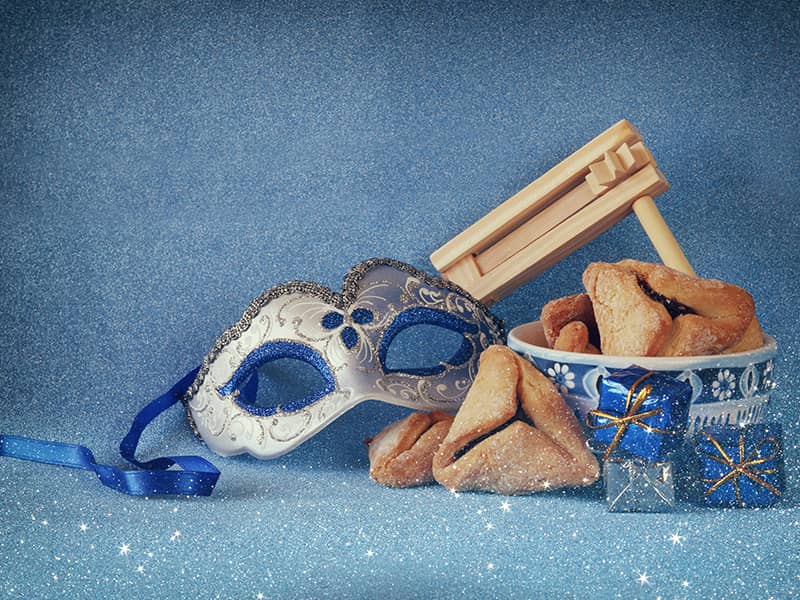As a graduate of a Jewish day school, I was one of those children who received this gift, and I still have my little Torah, now tucked away in a box that once contained checkbooks. The Torah itself is basically unreadable and it is falling apart. But each year, around Shavuot I think of that plastic Torah.
How do you teach the Jewish people to love Torah? If Moses gave little plastic Torahs to the escaped Hebrew slaves would they still have rebelled against him? But seriously, the question I'm asking is this: Are words alone sufficient, or do we, as a people need objects for remembering?
These are the questions I ask on Shavuot, the celebration of both the spring harvest and the giving of the Torah at Sinai. And as adult learning has blossomed in the last few years in Jewish communities, Shavuot has become a time of intensified text study--a time when people sit together to engage ideas on revelation and redemption. As a result, Tikkunei leyl Shavuot (all-night learning events), have become enormously popular nationwide.
Once again this year, CLAL: the National Jewish Center for Learning and Leadership is promoting pluralist pre-Shavuot learning events as part of National Unity Shavuot. This marks the third year of the project, which CLAL began in New York, Los Angeles, Chicago and Miami, and has now been in many other cities and on-line at www.Shavuot.org.
In New York, as part of a planning committee organizing the programs over the past two years, I've sat with rabbis from all denominations, in intense deliberations over what we could study and accomplish together. As rabbis, we all share a love of learning and a desire to challenge one another--whether it is over the meaning of a Midrash, or a fine point of grammar.
After one such meeting, a colleague and I discussed our tendency to attempt "mental gymnastics" every time we got together. "At our public events, hundreds of people from across the denominations come to hear us. How do they make sense of our theoretical battles? How could we convey, that despite our ideological differences we share a simple love of Torah?" I asked.
While we never gave out little Torahs (we ended up doing a contemporary
dramatic re-telling of Ruth), it was indeed clear to everyone that
participated last year that we share a love of Torah. But the dialogue once
again provoked in me the tension between loving the words of the text, which
we do on Shavuot, and loving the Torah itself, which we do best on Simchat
Torah, the autumn holiday in which we dance for hours with the Torah scrolls. The Jewish people have a classic mind/body split. So what do we do to
balance the two?
This year on Shavuot, I suggest that people not only discuss the ideas contained in the Torah, but discuss the experience of Torah itself: Of seeing it, of holding it, of reading from it. This is an experience that cuts across ideological boundaries, and has powerful implications.
Just imagine for a moment the metaphors: We hold the Torah like a baby, gently cuddling it to our breast. We dress it carefully; we touch it lightly. We honor it like an elder, standing before it, honoring its history. We treat it like a jewel, hiding it away except for special occasions.
Those metaphors convey part of the experience of Torah, and also remind us why gifts like little plastic Torahs can be more than tacky gift shop items. Toy versions of religious objects can teach children that play and imagination are vital in any spiritual path. Even when they grow up, and move beyond the objects the associations and fantasies still have power.
My own three-year-old twins play with the popular blue "stuffed Torahs." And at times, when they are not whopping each other over the head with them, I see them using the objects as dance partners. They hum a chassidic-like melody that often spins off into a Barney tune, or march the Torahs around the room in a big circle.
Will these stuffed Torahs end up in the closet, forgotten, just as my plastic Torah did? I'm sure they will, but then again, the first Torah text, the broken up tablets that God gave Moses were stored away in the Holy Ark.

